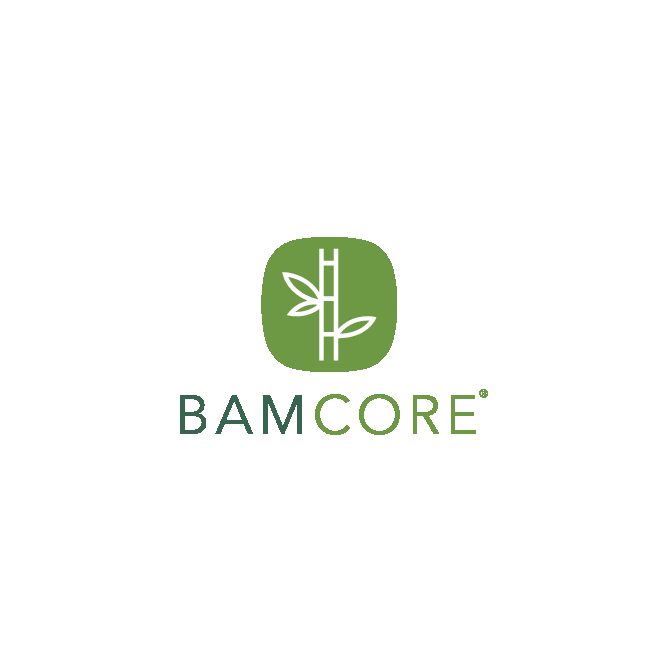
“Building Tech” is a fascinating space right now because technology in this context includes everything from new systems for planning better buildings to new systems and products for smarter and efficient buildings. As we move from our Project Planning Conference to Buildings 2.0, the next conference in our series, we will further see to understand how the drive for efficiency, sustainability, resiliency, wellness, agility, and better overall experiences from our buildings, a vast new ecosystem of players and solutions is taking the stage.
Along the way, here are five trends we are watching, and a rundown of some of the related players who are part of the BuiltWorlds Conversation:

Timber! And the Fight For the Building Core
From Softbank-funded emerging construction giant, Katerra, to established leaders like LendLease and Bouygues, the industry’s major builders and developers are embracing cross-laminated timber. As we look more at what is happening in Europe around the drive to lower CO emissions, we increasingly understand why. Meanwhile, smaller companies like BamCore are bringing sustainable wood to the building interiors, while the steel and concrete players are coming forward with their own solutions.
Glass, Glazing, and Innovation in the Building Envelop
Again, Softbank has grabbed headlines with nearly a billion dollars invested in smart glass company, View. But View is only one of many players entering the building envelop space. Beyond windows that shade, companies like NEXT Energy has come to market with their own energy-generating windows that provide low-cost, onsite, renewable power for buildings. Beyond the window face, start-up companies like ArxPax are revolutionizing foundation systems to help buildings perform in floods, while established players like Standard Industries are backing companies like ICOPAL that are launching products to help reduce greenhouse emissions in roofing.
RELATED CONTENT
Disruption from a Realigning Supply Chain
Building products companies long boasted their strong relationships with architects and engineers as their critical paths to distribution, but trends like modularization and others outlined above pose a threat to this distribution channel. It is early days, but software like Pype, and BuildingConnected, as well as the big modeling platforms of companies like Autodesk, Trimble, and Bentley, threaten to disrupt these chains as contractors, owners, and even end-users have more paths to learn about and optimize their buying decisions for their full life cycle of needs.
The Drive for Net Zero Energy
Companies like Net Zero Energy are also among those players contributing to the effort to create “net zero” energy buildings. From small wind players like IBIS Power to solar roof products like GAF’s DecoTech panels to tankless water heaters from Intelliheat and smart lighting systems from companies like Igor, the industry is continuing to make strides in both reducing energy consumption by buildings and also increasing energy generation at the building. It is a complex field, and technology players like Ecomedes and BuildSim, as well as companies like Bauman, Cyclone Energy, and Automatic Building Controls with boots on the ground are helping owners develop and implement their programs.
A Renewed Tech-Enabled Focus on Building Experience and Performance
Beyond energy, companies like Homebase promise to help manage resident experiences in apartments and dorms, while companies like OpenPath create ease and reliability on entries. FLO Technologies helps detect leaks before they do damage, and companies like Site 1001 aim to provide more complete building intelligence.
There is still much to do to determine how best to integrate these systems, but the floodgates on smarter, higher performing buildings are clearly open.






Discussion
Be the first to leave a comment.
You must be a member of the BuiltWorlds community to join the discussion.